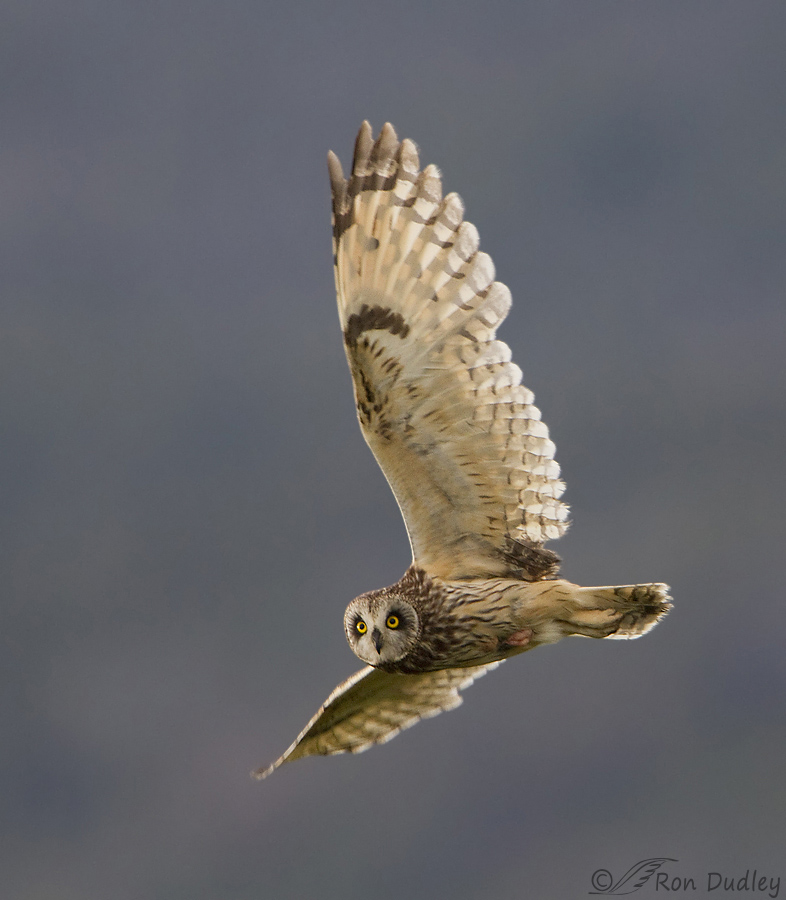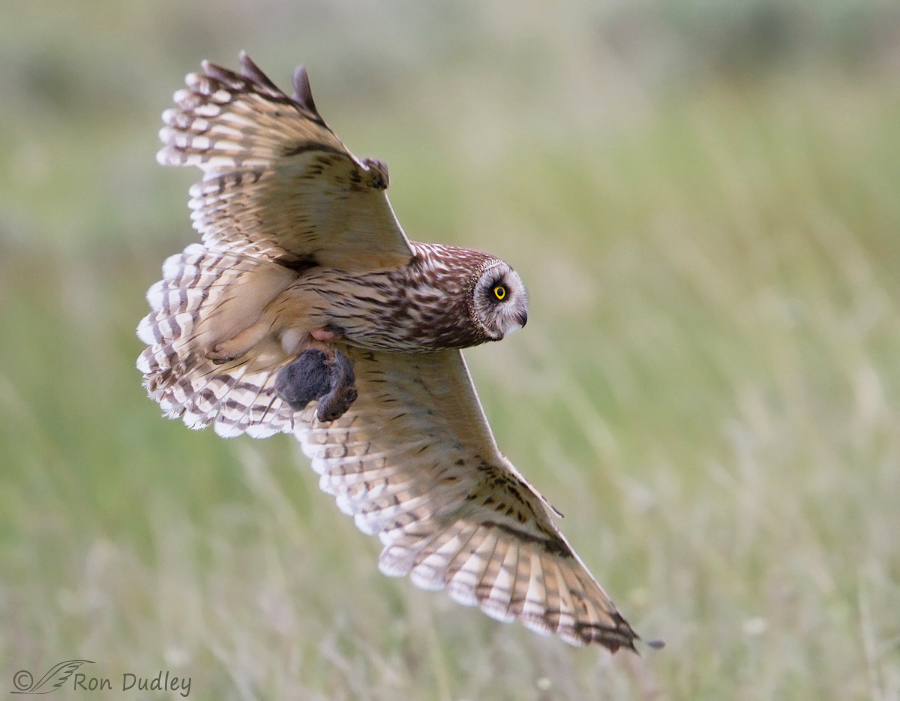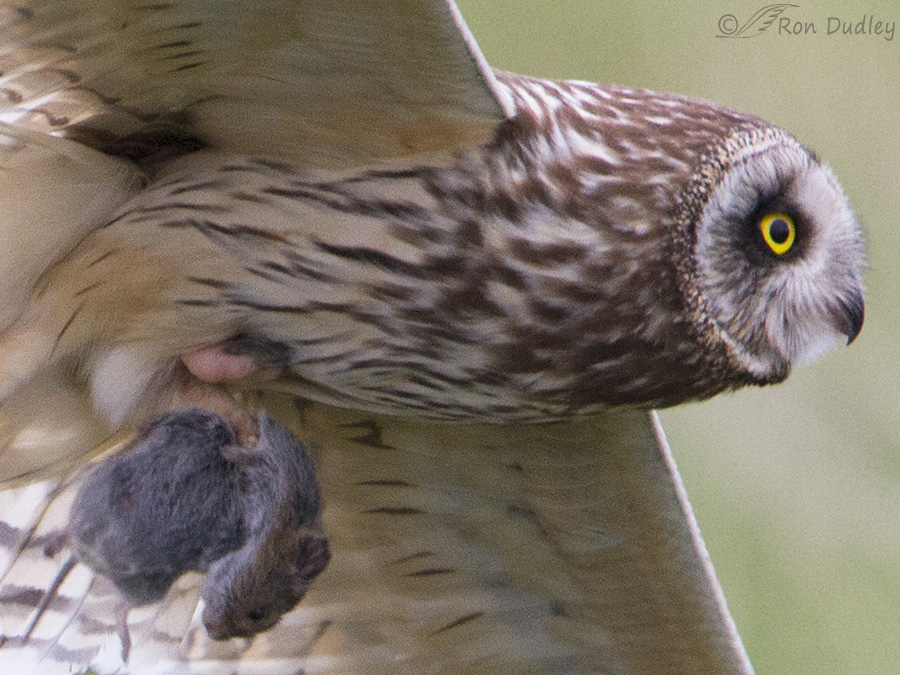Occasionally I rerun a favorite older blog post because few current readers have ever seen it. This one was published on December 20, 2012. For this version I’ve edited the text, cleaned up the formatting and added a link to an interesting and relevant photo. And to be honest, part of the reason I’m reposting it is because I’m so proud of the two images I’ve included here. I’ll explain why I’m so happy to have them at the end of the post.
One of the primary functions of feathers is insulation and they’re very, very good at preventing heat loss. But this efficiency presents a serious problem for birds – how to keep the eggs sufficiently warm during incubation since feathers act as a barrier to heat transfer from parent to eggs. Typical bird body temperature is about 104 degrees F. and the ideal incubation temperature for their eggs is very close to normal human body temperature – 98.6 degrees F.
That dilemma has been solved by most bird species through the evolution of the “brood patch” – an area of belly skin that loses its feathers near the end of the egg-laying period. As the feathers are lost, supplementary blood vessels engorge the skin of the patch so that hot blood is brought to the surface. Amazingly, the parent can even shut down blood flow to this region when that bird is off the nest. When the parent returns to the eggs for incubation he/she typically goes through settling movements that bring the brood patch into gentle contact with the eggs and keeps them sufficiently warm (or cool enough in very hot climates).
The patch may be large or small, depending on a variety of factors including how many eggs are incubated. Some species have a single patch in the middle of the belly, others have one on each side and some even have three.

Typically the patch is hidden by feathers and extremely difficult to observe in wild birds, particularly in flight, but I have several images of a female Short-eared Owl where it’s clearly visible. This female had two chicks that she was trying to keep warm during a typically cold Montana spring. The male was bringing food to the nest and she very seldom left it but occasionally when it warmed up later in the day she would go out for a little exercise.
This shot clearly shows the brood patch, though the image quality suffers a little because of low light and the resulting slow shutter speed.

On one occasion she became impatient while waiting for the male to deliver a vole to the nest so she went out and took it away from him. Here she’s returning to the nest with that vole for the chicks. Sharpness is better in this shot but it’s a little difficult to separate the patch from the foot carrying the vole. The part of the patch we can see is slightly more pink and above the left foot that is clutching the vole.

An extreme crop of the previous photo allows a better look at the right side of the patch. In owls the patch appears to have two lobes – the right one is obvious but we can barely see some of the left lobe.
In most bird species the feathers covering the belly are lost automatically (through hormonal control) just before brooding but ducks and geese must actively pluck the feathers, which are then used to line the nest. Pelicans, gannets and boobies have no patch so their eggs are cradled in their webbed feet and warmed from below and above. In species where both parents incubate each sex develops a brood patch but if only the female incubates, as in these owls, the male doesn’t develop a patch.
In precocial species (active soon after hatching, ducks and geese for example) the insulating feathers over the patch grow back soon after the eggs have hatched since the chicks leave the nest almost immediately after hatching. But in altricial birds (helpless for an extended time after hatching, songbirds for example) the regrowth of feathers over the patch is delayed and the patch remains functional for the entire time the chicks are brooded in the nest, as in these Short-eared Owls.
I thought some might be interested in this photo of a female Snowy Owl taken by Ly Dang showing her brood patch. Prepare yourself, it looks a little… shall we say strange in this presentation.
I feel extremely fortunate to have taken several photos of an owl in flight showing the brood patch. Most photos of wild birds showing the patch are of birds in hand and that always makes me uncomfortable because handling wild birds is stressful for them, without exception.
And photos of birds in flight showing the patch are almost nonexistent so I have a special fondness for these two shots, despite their slight softness.
Ron


A lesson, with pictures no less, that I don’t think I could have gotten anywhere else. You are the best, Ron.
Well, I don’t know about that but I do try. Your comment was much appreciated, Lyle.
Ron, this post is so amazing to me. I have never heard of the term “brood patch” before, but will never forget it after your teaching and photos. I look forward to your postings, daily and always happy to learn something new. Yes, nature is amazing.
Thank you, Ron
“will never forget it after your teaching and photos”
That’s something a teacher always loves to hear, Alice. Thank you.
She is beautiful! I find it very amusing that she got impatient and went to get the vole from the “pokey” male. 🙂 Thank you also for today’s moment of education, Teach! I think I may enjoy learning the new information you provide even more than devouring your fabulous photographs — nah, it’s a tie! 😀
She actually got pissed off at him, Marty. He would always land on the same nearby perch with the vole for a short time, switch it from his talons to his beak, and then take off and deliver it to the nest. She always knew he was on the perch and if he took just a little too long you could hear her calling to him, telling him to hurry up. This time he waited much longer than usual, her call became more insistent, and then she came out of the nest, flew over there and took it away from him. Then she took it to the nest.
He didn’t wait so long after that.
Love it! 😀
What a CLEVER evolutionary trait. And how amazing to have not one but two most excellent photos.
Learning all the time (and often from you) and so very grateful. Megathanks.
“What a CLEVER evolutionary trait”
Yup, one major evolutionary step (feathers) led to the need to evolve another (brood patch). Thanks, EC.
I forget how long I’ve been following you, but it isn’t a “rare morning without learning something new” from you…So far, I have NEVER tuned into your blog without let arning something new! As an amateur naturalist, who has raised or rehabbed several wildcritters, that totally AMAZES me!!!!!! NOT ONE SINGLE TIME!!!! You and your other followers….!!!!!
Yup, as often as not my “followers” teach me (us) more than I might offer them, Patty. Thanks very much.
All I can say is that these images are phenomenal! Great Avian incubation/behavior lesson, and a sign that female birds are solely concerned for their young. Great, just Great!
Did you ever know where the nest was located?
Thanks, Dick. Yes, it was located at the base of a sagebrush (on the ground). I could see where it was from the road I was shooting from.
How often are you concerned about nests being up against human intervention/curiosity for nesting predators/owls/hawks?
Always! That’s why I NEVER reveal nest locations.
SAME HERE!!
Well done, Ron! I love it when experience, skill and luck intersect! How rewarding and amazing!
I had more than my share of luck getting these shots, Diane. Thank you.
Great. Biology lesson, Ron. Love it!
Cathryn
Thanks, Cathryn.
Just fascinating ! I guess I’d thought a “brood patch” was something like a callus until reading your post today……..it’s a rare morning on which I DON’T learn something
very interesting—even amazing—from your blog. Thanks for your thinking, writing, and wonderful pictures, and I always enjoy the links you provide from time to time.
“it’s a rare morning on which I DON’T learn something very interesting—even amazing—from your blog”
That makes this old retired teacher very happy, Kris. Thank you.
Cool! I’ve heard the term but since we’ve had only hens I’ve never seen it on a bird. If one didn’t know you’d think there was something horribly wrong with the bird! I’m guessing off the nest it might get pretty chilly for the bird? Great you could capture it and the snowy owl REALLY shows it. Closest I’ve seen was a mama rabbit pulling hair for her nest……. 🙂 Always love what I learn here along with the wonderful photo’s which, of course, “show” the lesson….
“I’m guessing off the nest it might get pretty chilly for the bird?
I’m thinking not, Judy. Usually the patch is covered by feathers overlapping it from all sides. When photos of patches are taken of birds in the hand those feathers have to be exposed by the person holding the bird and even then it’s often difficult to see. That’s why flight shots showing the patch are so rare.
And I agree, if you were unaware of brood patches they’d look like some kind of unfortunate anomaly if you could see them at all. Thank you.
Most interesting post! How fortunate you were to get these photos. As ‘shore acres’, I’ve heard the phrase but not ever seen one. I went on to read the reference post you provided (and a few more articles there). Thank you for providing it…I’ve bookmarked the site for further references. Even though as you state the ‘photos may have slight softness’ to me they are wonderful…that face can never be considered soft with their coloration! ❤️ When you read information like this one has to marvel at the workings of nature…how everything is planned and follows that plan! I think I’m one of the lucky newer followers who get the benefit of you reposting your photos with additional info. I try to go back periodically to read them from the beginning but still have a long way to go. Again thank you for a terrific post, photos and teaching!
“I try to go back periodically to read them from the beginning but still have a long way to go”
Ha, that might take you a while, Kathy. Over the years I’ve published almost 2500 posts and just thinking about that exhausts me! Thanks very much.
Spectacular series Ron!
Charlotte
Thanks, Charlotte.
Very interesting and even more educational. Was not aware of any of this information. Thanks Ron, much appreciated.
Everett Sanborn, Prescott AZ
Glad to hear it, Everett. The combination of “interesting” and “educational” is always a good thing.
I learned something today. Love the pictures. Especially the 2nd one.
Thanks, Jean.
So interesting. I’ve heard the phrase ‘brood patch,’ and had a general idea of its purpose, but I’ve never seen one, or read all of the details that you’ve provided here.
I think a lot of folks are in that same boat, Shoreacres. So was I until I took these shots several years ago and was inspired to do some research.